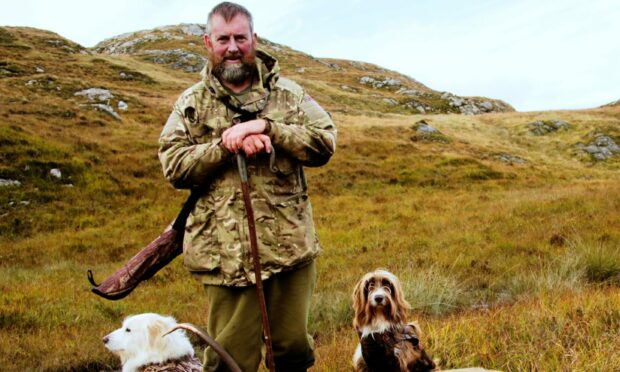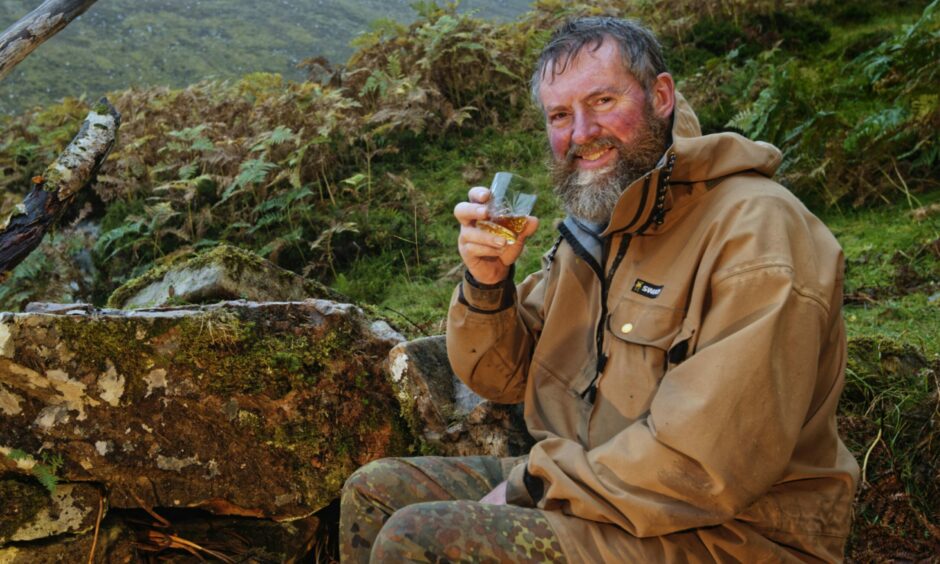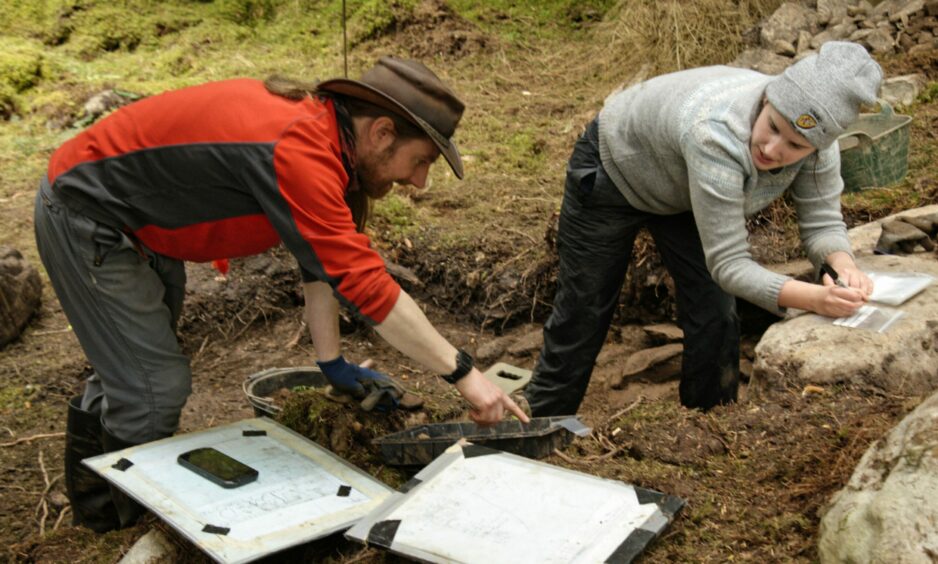As a boy, Duncan Mackenzie learned tales from his grandfather about his forebears who were among those cleared from a Highland village.
Many years later he began literally unearthing the hidden history of Balblair from where he believes 77 families, possibly 600-700 people, were evicted in 1819-20.
The arrival of more profitable sheep forced many abroad, while others, like his own ancestors, moved to inhospitable and less fertile land.
Documentary tracks Duncan’s life
Archaeologists believe Balblair in Inverlael Glen in Wester Ross, was once a medieval city.
Duncan’s quest has since turned into a major local project, Lost Inverlael: Finding Balblair, involving Ullapool Museum.
A new documentary follows Duncan’s ongoing efforts to uncover the site as well as his job as a deer stalker on the 5,000-acre Eisg Brachaidh Estate at Inverpolly.
The one-hour film, to be broadcast on BBC Alba on August 30, was made by Richard Else and Margaret Wicks of Newtonmore-based Adventure Show Productions.
Duncan is described as a naturalist, a stalker and historian. He has also been a policeman, a butcher, game dealer and run a guest house.
His family has been connected to the area for generations and he describes himself as the last of the line.
“The attraction for me in making the film was to record history that was gone”, he said.
“I got the history from my grandfather. I used to listen to him and take notes.
“Balblair was always on my mind as we knew about the evictions. I was waiting for someone else to do the history of the place, but realised no one was going to do it but myself.”
A crucial part of Scottish history
He said he crawled through woods on his hands and knees to find and record long abandoned buildings.
He was encouraged to keep going when archaeologists said how important the site could be.
Duncan kept recording his activities during the pandemic and targeted digs have been carried out with the help of local volunteers.
As well as soles of shoes, bottles and buttons, the site has given up musket balls and a 5,000-year-old piece of flint Duncan believes was used to skin rabbits.
Evidence of an illicit still was also discovered in Inverlael Forest and was thought to have produced spirit on an ‘industrial scale’.
“We have really just scratched the surface of the place”, says Duncan. “There is so much hidden there and we are finding more and more all the time. We want to keep it alive.”
Programme took four years to make
The programme, which took four years to make, includes commentary from academics working on the uncovering of the cleared settlement ruins.
Historian Dr Martin McGregor explains that “evil replaced what was paradise” for these people.
It also explores Duncan’s work on the estate, following the deer herd across the mountains.
Duncan has a non-sporting lease on the estate, so doesn’t take paying clients out with him.
“I look at the deer as a sustainable asset that has to be cropped sustainably. Some of the other smaller estates only have a small window to make money with punters at stag stalking.”
He says he has a duty of care towards the animals and wants to rid deer of their ‘vermin’ tag among some people.
He add: “I don’t take guests to the hill. I’ve been out with guests in the past and it was always the testosterone-filled men that you had to keep an eye out for.
“It was just pull the trigger, get a stag, go home and get drunk. I used to fall out with them quite a lot.
“Many estates are still hanging onto Victorian principles. But I go in, shoot the animal I want and leave the rest of the herd quiet.”
Duncan is ‘one in a million’
Filmmaker, Richard Else says: “Duncan Mackenzie is literally one in a million – a man hefted to this part of Scotland and with an enormous set of skills that most of us have lost long ago.
“It’s been a real privilege to work with him and long days tramping the hills in all weathers have been amply rewarded.”




Conversation